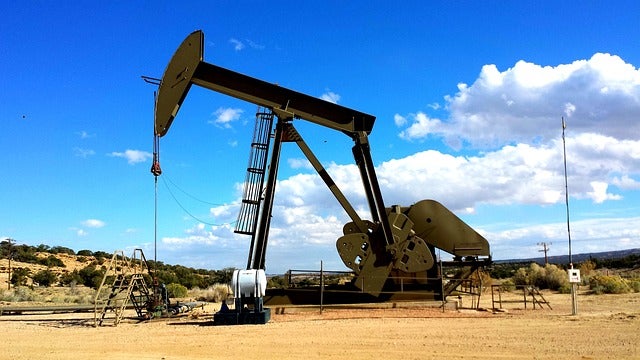
Announced in 2011, the 6,000MW GRD project on the river Nile is expected to be the largest dam in Africa.
Egypt has been opposing the dam construction as it fears reduction in the river flows into its territory.
Ethiopia decided to divert the water of the river’s tributary Blue Nile in 2013 for the construction of the dam. The country has been contending that the dam will divert the flow only slightly and the river will follow back to its natural course thereafter.
Treaties signed from 1929 and 1959 grant Egypt 87% of Nile’s water, and also the power to veto upstream projects. Ethiopia has been trying to replace the archaic treaties, as 85% of the river flows through its territory.
The latest accord signed in Sudan by the three heads of state will see the construction of the dam but without affecting the water flows into the other two countries.
Further details on the deal will be decided by an expert panel.
Ethiopian Prime Minister Hailemariam Desalegn said at the signing ceremony: "I confirm the construction of the Renaissance dam will not cause any damage to our three states and especially to the Egyptian people."
The dam is being constructed in the Benishangul-Gumuz region, about 40km east of Sudan. Work began in April 2011 after a $4.7bn engineering, procurement and construction contract was awarded to Salini Costruttori.
Nile is the most important source for irrigation and drinking water in Egypt and Sudan.
Egypt President Abdul Fattah al-Sisi said: "The Renaissance Dam project represents a source of development for the millions of Ethiopia’s citizens through producing green and sustainable energy, but for their brothers living on the banks of that very Nile in Egypt, and who approximately equal them in numbers, it represents a source of concern and worry.
"This is because the Nile is their only source of water, in fact their source of life."
Image: The Grand Renaissance Dam is being built on the Blue Nile in Ethiopia. Photo: courtesy of Jialiang Gao / www.peace-on-earth.org.



